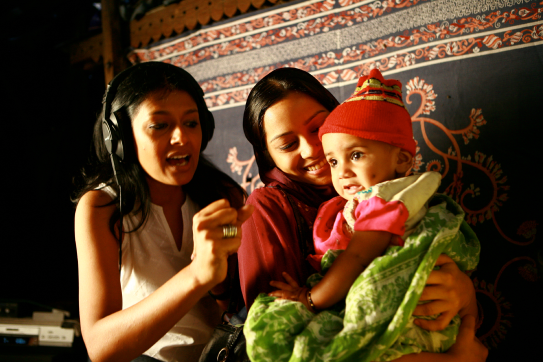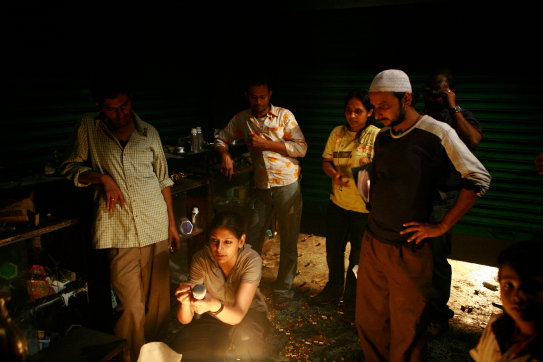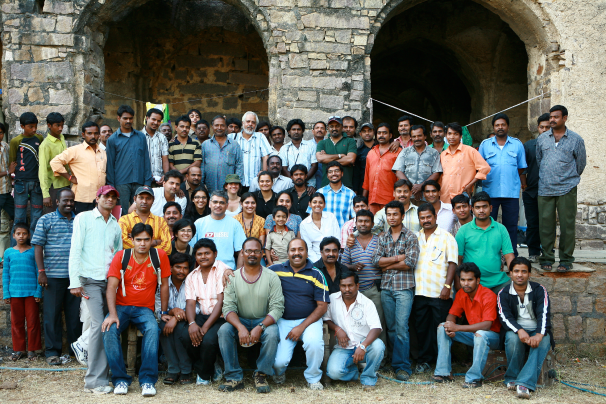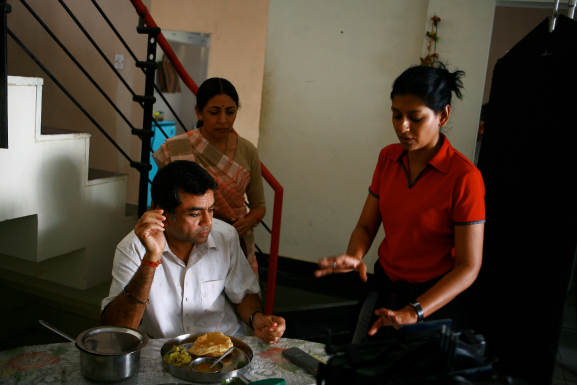Mapping women in media
- May 1, 2015
I recently saw Margarita with Straw: a film about a young woman with cerebral palsy and her journey of self-discovery. Among other things, it made me think of how the film effortlessly passes the Bechdel test—if a work of fiction features at least two women, who talk to each other, and about something other than a man. Globally, more than half the films fail this test and in India, probably most. I didn’t know about this when I made Firaaq but glad I passed the test!
The Bechdel test is simple, but rather telling of the paradox about women in cinema—they are everywhere yet they are not being heard. Even though women take up half the space in society, they appear on screen much less frequently than men. Moreover, their portrayals undermine their presence by being either hypersexual and/ or passive. There must be a link between the absence of women in writing stories, and how they are portrayed on screen. In Hollywood, the number of women screenwriters has further reduced from 17 per cent to 15 per cent between 2009 and 2014. The figures are certainly much worse here.
Three years as the chairperson of the Children’s Film Society exposed me to the fact that predictable images are dominant even in children’s films—women do household chores, whether they work outside their homes or not, and men are always in charge of making decisions. Boys are adventurous and girls often weepy and always pretty, that too Defined by a standardised notion of beauty. This is not a problem of India alone, but in classic western children’s stories too, the central female characters like Cinderella, Snow White, Sleeping Beauty are all about their appearances. Therefore, a child watching these films subconsciously learns that beauty is an essential part of being a female.
All this and more was the concern of Geena Davis, academy award winning actor. She started a research-based organisation that works within the media and entertainment industry to engage, educate and influence gender balance, reduces stereotyping and helps create diverse female characters, targeting children under eleven years. The institute even analysed mainstream films and found that female characters with science or substantial work backgrounds were only 8 per cent. Hollywood fared marginally better with 12 per cent, whereas in French films over 40 per cent of women characters had significant jobs.
Just shining a light on disparities through sustained research has helped galvanise women and has forced companies to respond. It was found that only 7 per cent of Hollywood directors are women. The Walt Disney, founded in1923, launched its first animated film directed by a woman only in 2013. Moreover, the film broke away from the typical formula, to tell a story of two sisters as the main protagonists. It was a huge hit and the commercial success only underlined that a concerted effort to right gender imbalance can also be lucrative, contrary to what studios often think.
The one and only Meryl Streep was so appalled by the decline of female writers and roles in Hollywood that last month she funded a screenwriter’s lab meant for women over 40! I recently attended a panel organised by Asia Society In Mumbai, where we explored how cultural narratives help define social constructs such as women’s roles, masculinity, how men and women relate to each other and what life choices they make. Also how those working in the media space can raise awareness about subliminal messages in film. It was fascinating to hear our moderator, Samhita Arni, speak about her initiative of mapping sexual and gender violence. It is a website where users can share their accounts of, or responses to, sexual violence, to provide a platform to document silent voices, and to create a collective resource.
The gross discrimination against, and undervaluing of, women is not unknown. But like global initiatives, we too need reliable and sustained research to establish facts and reveal truths in a way that cannot be ignored. Like the weather report, we perhaps need a daily tracked map, of the state of women, so we know where we are and how far we have to go.






